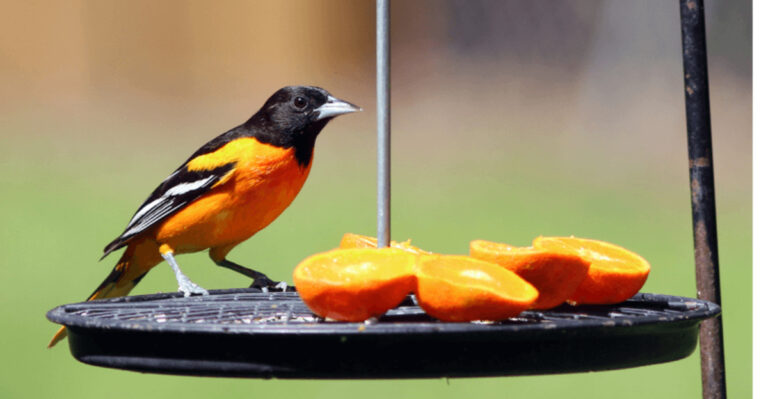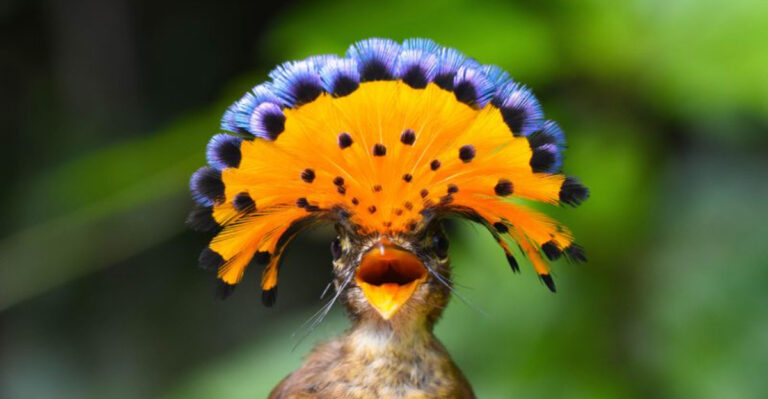The Best Ways To Hold A Fish Safely Without Hurting It Or Yourself
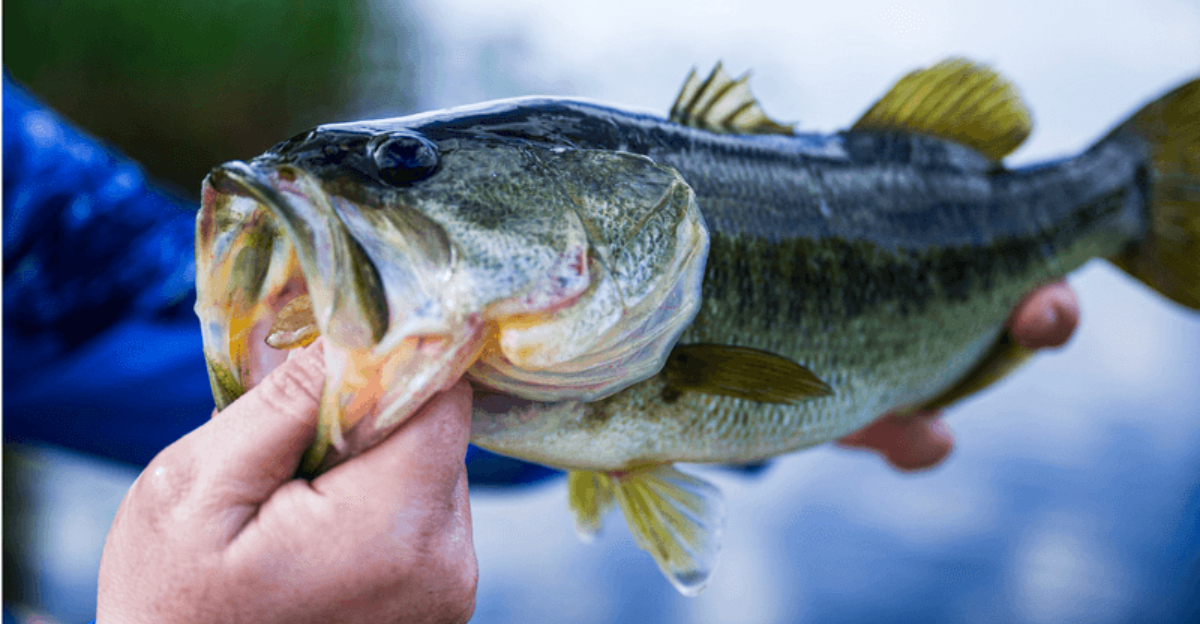
Fishing is a wonderful hobby, but knowing how to handle your catch properly is crucial for both you and the fish. Improper handling can stress or injure fish, reducing their chances of survival after release.
It can also leave you with painful cuts, punctures, or worse from teeth and spines. Let’s explore fifteen proven methods to safely handle fish while protecting both your catch and your hands.
How To Safely Hold A Fish For Catch And Release
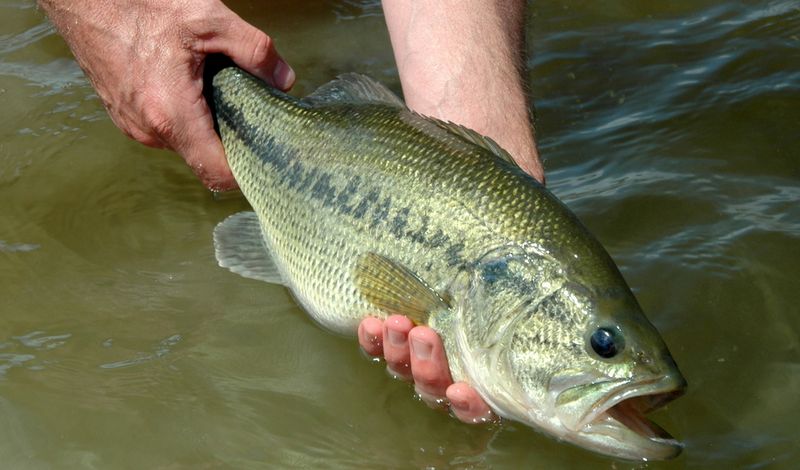
Wet your hands before touching any fish! Dry hands damage the protective slime coat that shields fish from infections and parasites. Support the fish’s body horizontally with one hand beneath its belly and the other gently cradling the tail area.
Never squeeze too tightly – imagine holding a delicate water balloon. Keep the fish in or just above the water while unhooking it to maintain its oxygen supply. For larger catches, try not to lift them completely out of water.
Limit air exposure to under 30 seconds if possible. The less time out of water, the better the fish’s chances of swimming away healthy after release.
Gripping And Landing Fish Without A Net
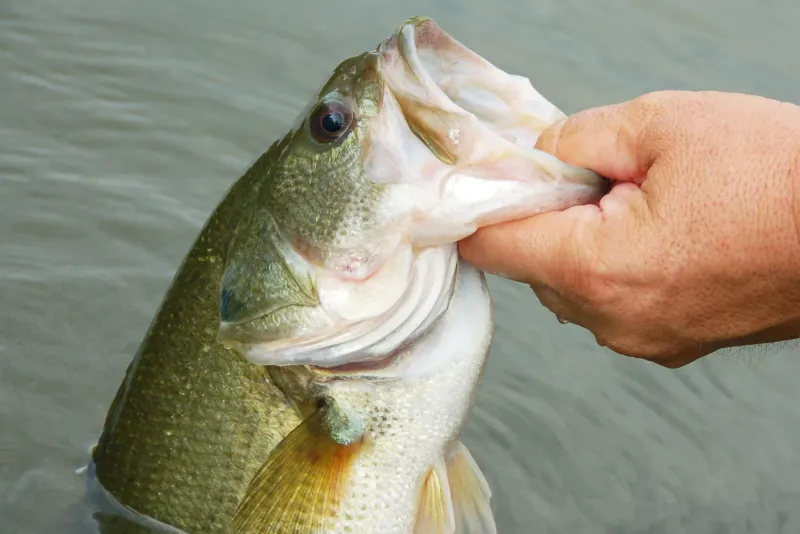
Master the lip grip for fish like bass by placing your thumb inside the mouth and fingers under the jaw. This technique provides excellent control while keeping your fingers away from teeth. For smaller fish, cup your hands around the midsection without squeezing.
Landing bigger fish requires patience – tire them out before attempting to handle them. Wade into shallow water when possible rather than lifting them high onto shore.
Avoid grabbing fish by their eyes or gills! The tail wrist (narrow part before the tail fin) offers a secure grip point for many species when combined with supporting the belly.
Holding Fish With Sharp Dorsal Spines: What You Need To Know
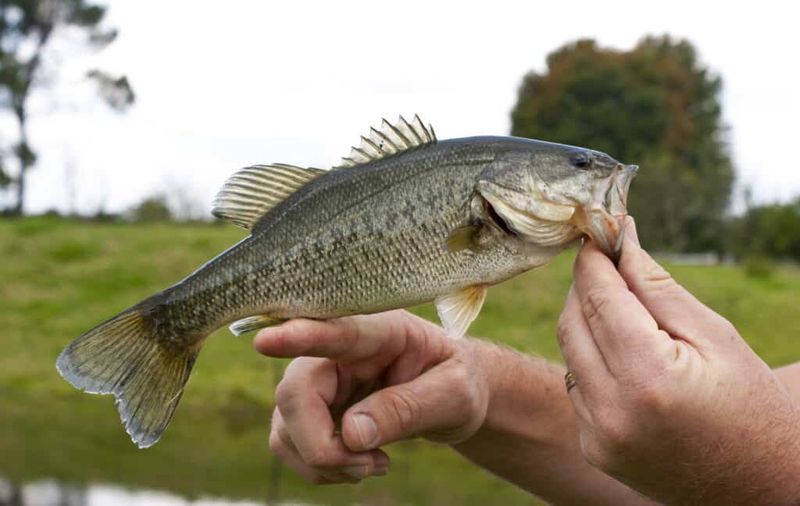
Fish like perch, walleye, and bass protect themselves with razor-sharp dorsal spines that can slice your hand open. Approach these fish from below, smoothly sliding your hand from the tail toward the head while pressing the spines flat against their body.
For extra protection, wear puncture-resistant fishing gloves. Many anglers use their dominant hand to pin down the dorsal fin while supporting the fish’s weight with their other hand.
Remember that some species have multiple sets of spines – check for additional ones on the anal fin or near the gills. A quick scan before grabbing can save you a painful puncture wound!
Avoiding Injury To Yourself When Handling Fish
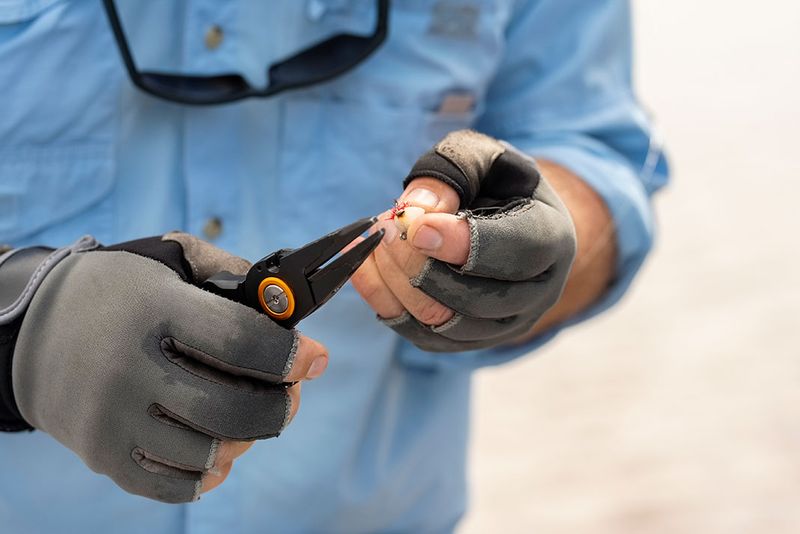
Fish hooks and sharp teeth cause most fishing injuries. Always carry long-nose pliers to remove hooks without placing fingers near a fish’s mouth. Cut-resistant gloves provide excellent protection when handling toothy or spiny species.
Watch for the gill plate edges – they’re often razor-sharp and can slice like a knife. Never reach blindly into a tackle box where exposed hooks might be hiding.
Be especially careful when fishing alone in remote areas. Keep a small first aid kit in your tackle box with antiseptic wipes, bandages, and tweezers for hook removal. Infections from fish spines are common, so clean any puncture wounds thoroughly.
The Best Techniques For Holding Delicate Fish Species
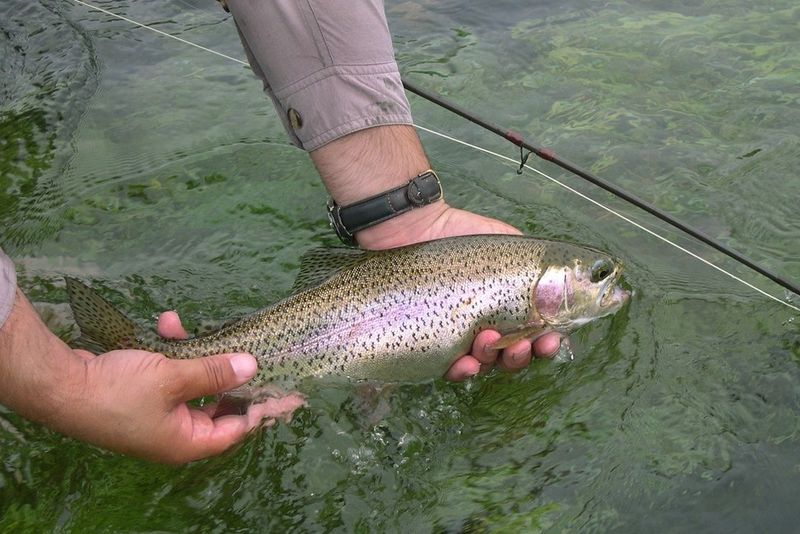
Trout and other delicate species require extra gentle handling. Cradle them in wet hands with one palm supporting the belly and the other lightly stabilizing the tail. Never squeeze their soft bodies – internal damage can occur even if you don’t see external injuries.
Keep delicate fish in the water while removing hooks when possible. Special forceps or hemostats make quick work of hook removal without excessive handling.
Avoid touching the gills, which are extremely sensitive. Small fish can be held in a wet mesh net partially submerged while you prepare your camera. Some anglers use special fish-friendly rubber nets that minimize damage to scales and protective slime.
How To Safely Hold Large Fish Without Stressing Them
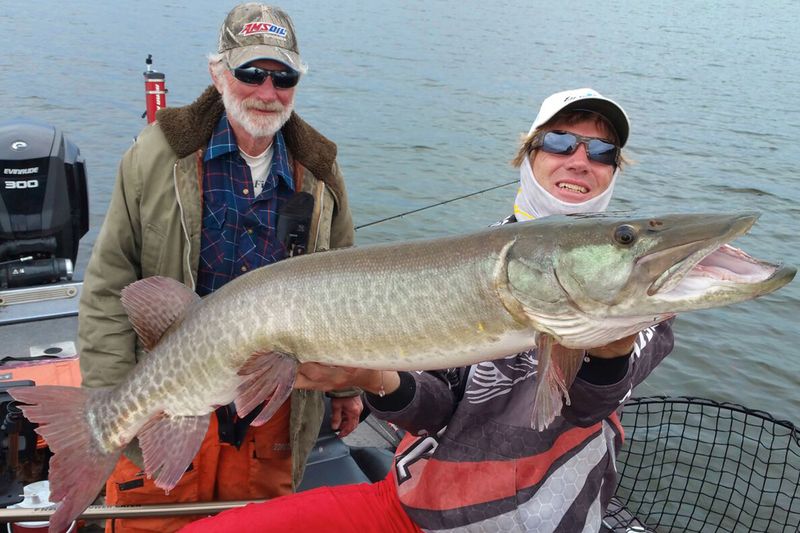
Big fish require special handling to prevent stress and injury. For large species like pike or muskie, support the fish horizontally with two hands – one behind the head (avoiding gills) and one supporting the belly near the tail.
Never lift large fish vertically by their jaw or gills! This can dislocate their jaw or damage delicate gill structures. Keep the fish’s body in the water as much as possible while preparing for a quick photo.
Large fish tire quickly when held out of water. Have your camera ready before lifting, and limit air exposure to just a few seconds. Using a large landing net keeps the fish partially submerged while you prepare to handle it properly.
Handling Fish With Slippery Skin: Tips For A Secure Grip
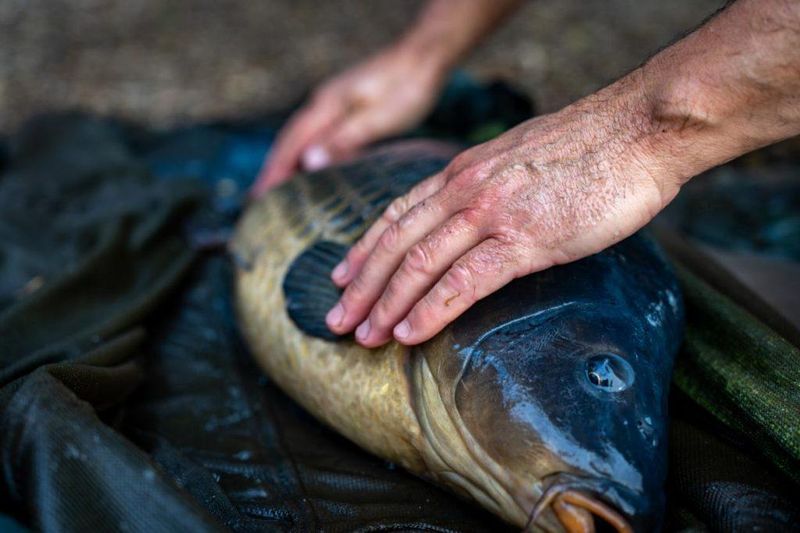
Fish like carp and eels have extremely slippery skin that makes them challenging to hold. A slightly damp towel or fishing gloves with rubber grip patterns provide better control without harming the fish. For especially slippery species, try the “bowling ball grip” – three fingers in gill plate (not gills), thumb on top, pinky underneath.
Never use dry cloths or towels on fish! This removes their protective slime coat. Some anglers keep a spray bottle of water handy to keep fish moist during handling.
Sand or dirt on your hands acts like sandpaper on a fish’s delicate skin. Rinse your hands in the water before touching your catch to remove any abrasive particles.
How To Hold Fish To Minimize Injury To Their Gills And Fins
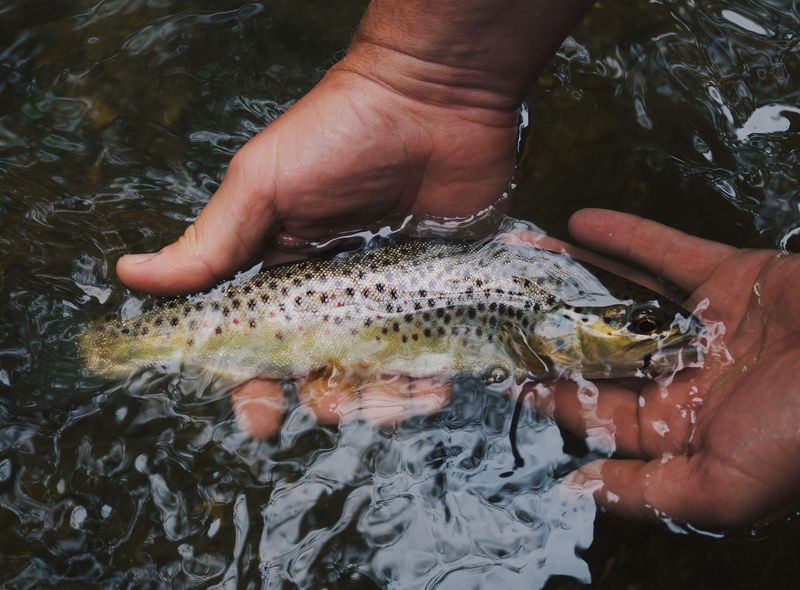
Gills are essentially a fish’s lungs – damaging them is often fatal. Always keep your fingers away from the red gill tissue. When holding fish horizontally, support them under the pectoral fins (the pair behind the gills) and near the tail.
Fins tear easily and don’t heal well. Avoid pinching or grabbing any fins directly. Fish use their fins for movement, balance, and protection – damaged fins make them vulnerable to predators.
For fish you plan to release, keep them in the water while removing hooks. Special hook removal tools let you free the fish without even lifting it from the water. This approach dramatically increases survival rates, especially for sensitive species like trout.
What To Do When You Catch Fish With Sharp Teeth Or Fangs
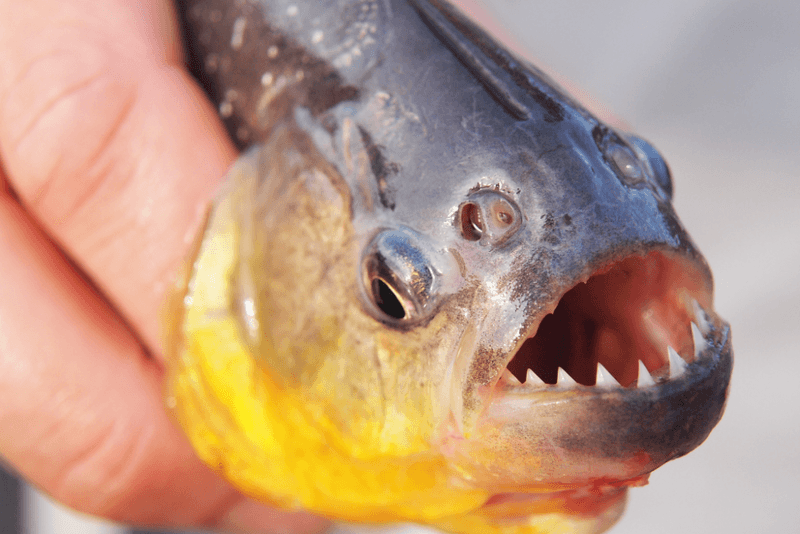
Toothy predators like pike, barracuda, and bluefish require special handling. Fishing lip grips (mechanical devices that clamp onto a fish’s lower jaw) keep your fingers safely away from those razor-sharp teeth. Heavy-duty fishing gloves provide an extra layer of protection.
Never lip-grip a toothy fish like you would a bass! Their teeth can slice through skin with ease. Instead, grasp them firmly behind the head, just behind the gill plates.
When removing hooks, use long-nose pliers or hook disgorgers. If a fish is deeply hooked and you plan to release it, cut the line close to the hook rather than causing additional damage by trying to remove it. Most hooks will eventually dissolve or work free.
How To Hold Fish With Tough, Spiny Bodies
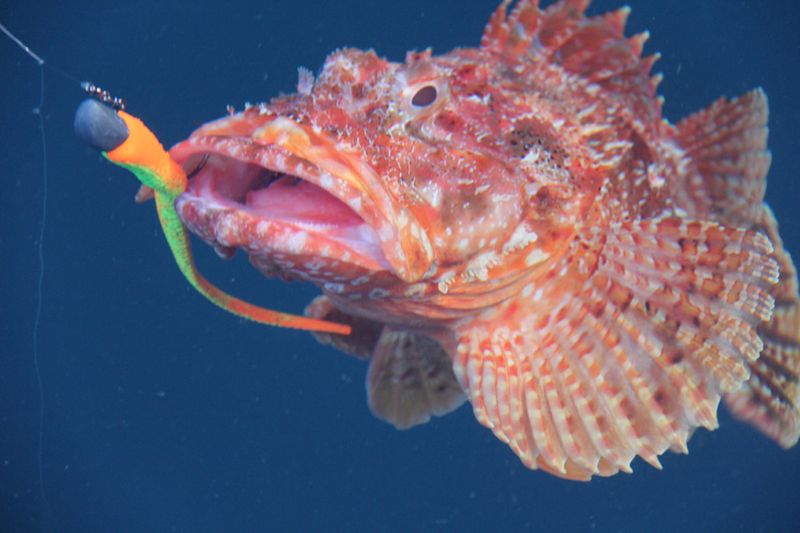
Porcupine fish, lionfish, and scorpionfish present unique challenges with their defensive spines. Some of these spines are venomous and require extreme caution! Research the specific species in your fishing area before handling unfamiliar fish.
For spiny but non-venomous fish like perch, slide your hand from tail to head to lay the spines flat. Never run your hand in the opposite direction, as this will cause the spines to stand erect.
Specialized fish handling gloves with puncture resistance are worth the investment if you frequently catch spiny species. In a pinch, a thick wet towel can provide some protection while supporting the fish’s weight properly.
Best Practices For Handling Popular Fish Species Like Bass, Trout, And Pike
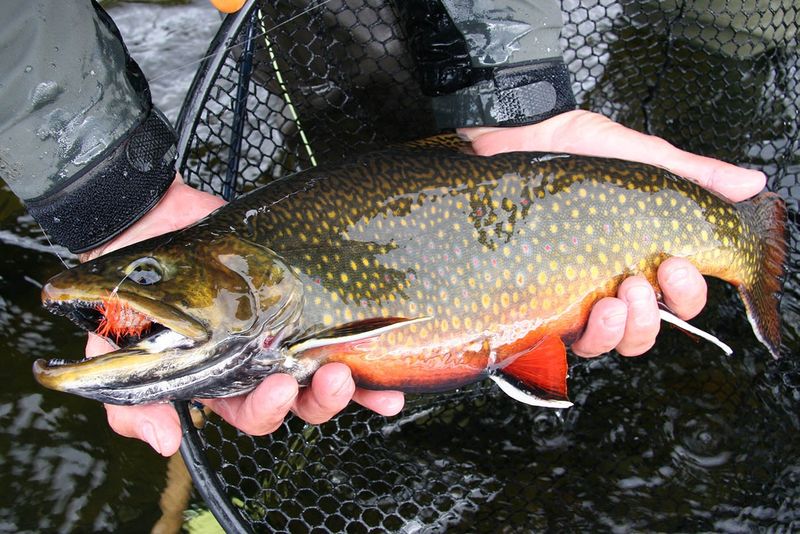
Bass respond well to the lip grip method – place your thumb inside the mouth and fingers under the jaw for control. For larger bass, add a supporting hand under the belly to prevent jaw damage.
Trout have delicate bodies and should never be squeezed. Use wet hands to cradle them horizontally, keeping them in water as much as possible. Their scales come off easily, so avoid excessive handling.
Pike require careful handling due to their razor-sharp teeth. Support them horizontally with one hand behind the head (avoiding gills) and another under the belly. Never attempt to lip grip a pike! Their Y-bone teeth can slice deeply, requiring medical attention.
Dealing With The Spines And Teeth Of Fish Like Catfish And Grouper

Catfish defend themselves with sharp pectoral and dorsal spines that can cause painful puncture wounds. Grab them behind the pectoral fins with your thumb on one side and fingers on the other – this immobilizes their spines.
Grouper have powerful jaws with small but sharp teeth. Use a towel or gloves when handling them, and keep your fingers away from their mouth. Supporting them under the belly helps maintain control.
Carry needle-nose pliers for hook removal from both species. Catfish spines can cause serious infections, so clean any puncture wounds immediately with soap and water. Some anglers keep a small bottle of hydrogen peroxide in their tackle box specifically for catfish spine injuries.
Why Fish Should Never Be Held By The Gills
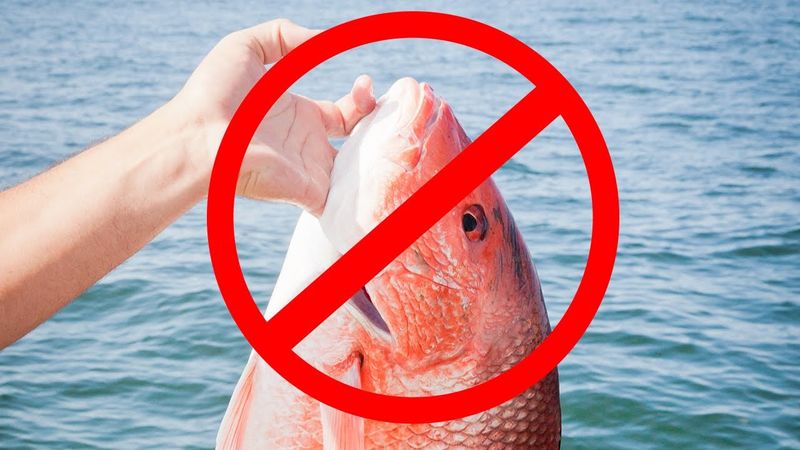
A fish’s gills are incredibly delicate organs – equivalent to our lungs. The bright red gill filaments extract oxygen from water and are easily damaged by human touch. Even minor gill damage often results in delayed mortality after release.
Blood vessels in the gills are positioned close to the surface for efficient oxygen transfer. When these vessels rupture from handling, fish can bleed internally or become vulnerable to infections.
The gill cover (operculum) is designed to protect these sensitive structures. When taking photos, keep your hands away from this area entirely. If you must control a fish’s head, place your hand under the jaw or behind the gill plates – never inside them.
Using Fish-Friendly Tools To Handle Your Catch Safely
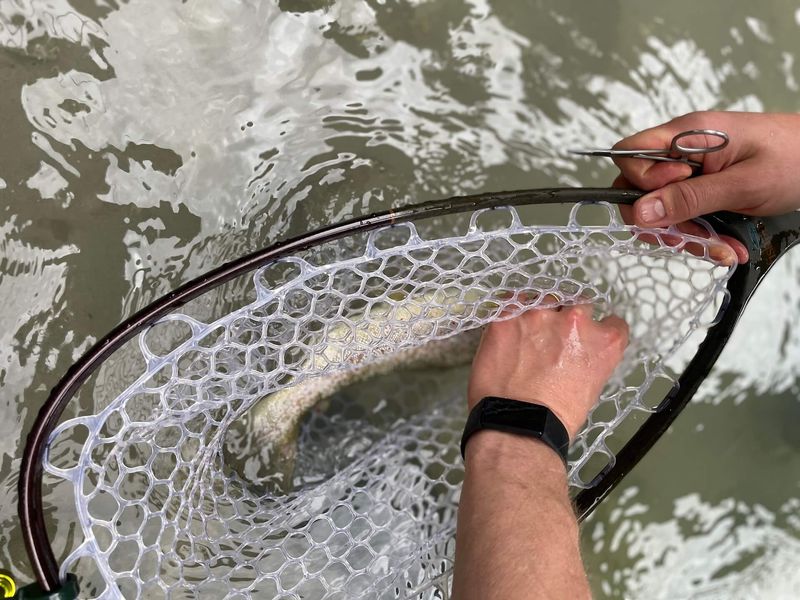
Rubber mesh landing nets prevent damage to fish scales and protective slime. Traditional knotted nets can scrape off this critical protection, making fish vulnerable to infections. Invest in a quality rubber or silicone mesh net for catch-and-release fishing.
Fish grips with built-in scales let you weigh your catch while maintaining control. Hook removers and disgorgers make quick work of freeing hooks without excessive handling.
Dehooking mats provide a wet, padded surface for briefly placing fish when necessary. Some even include measuring tape markings for quick length checks. Specialized gloves with wet-grip technology offer protection while maintaining necessary dexterity for careful handling.
Why Proper Fish Handling Matters For Conservation
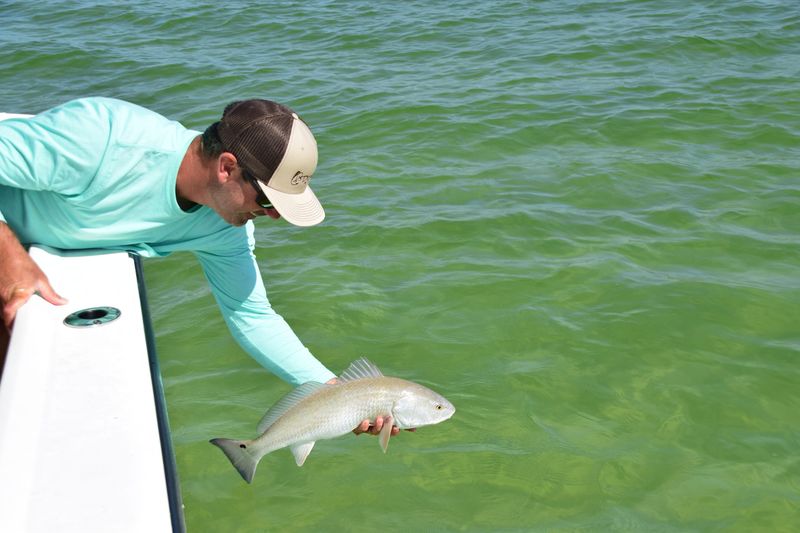
Fish mortality rates after release can reach 30% with improper handling! Every fish that dies unnecessarily impacts the overall population. Proper handling techniques significantly reduce these numbers, helping maintain healthy fisheries for future generations.
Fish experience stress when handled roughly, which can affect their feeding and reproductive behaviors. Female fish carrying eggs are particularly vulnerable – rough handling can cause them to abort their eggs.
Many fishing waters now have catch limits and size restrictions specifically designed to protect fish populations. By handling fish properly and releasing unwanted catch unharmed, you’re participating directly in conservation efforts. Teaching proper handling techniques to young anglers creates a legacy of responsible fishing practices.



